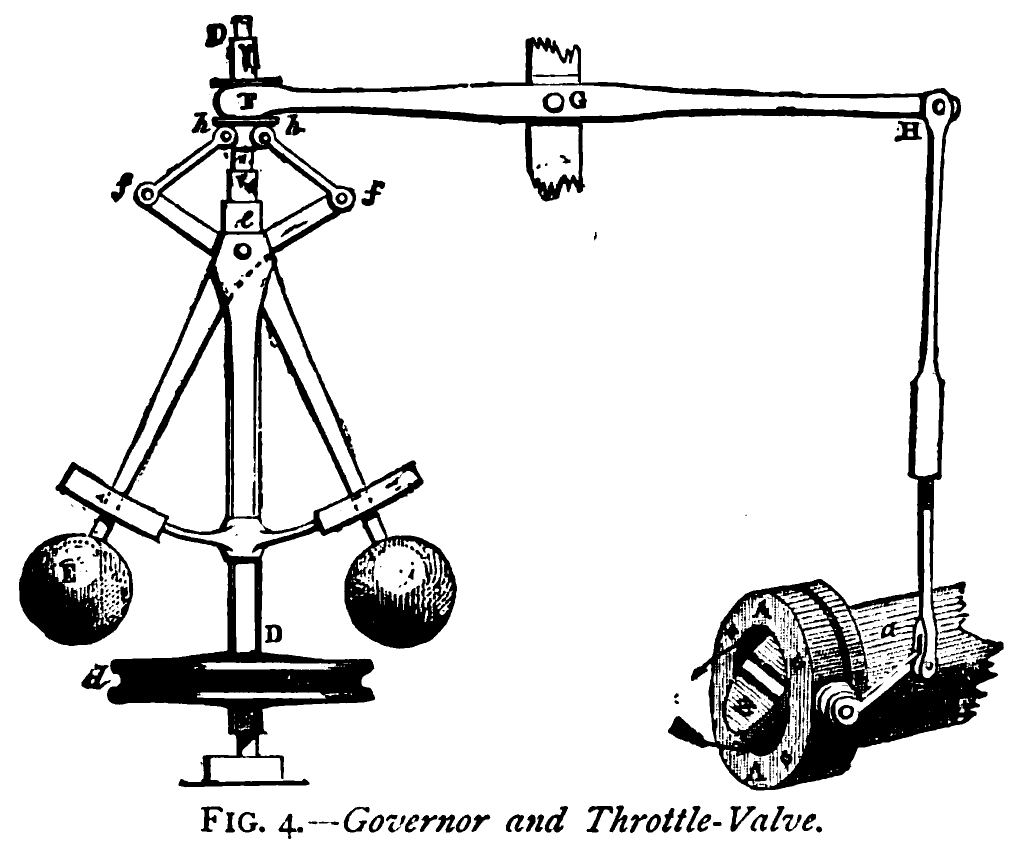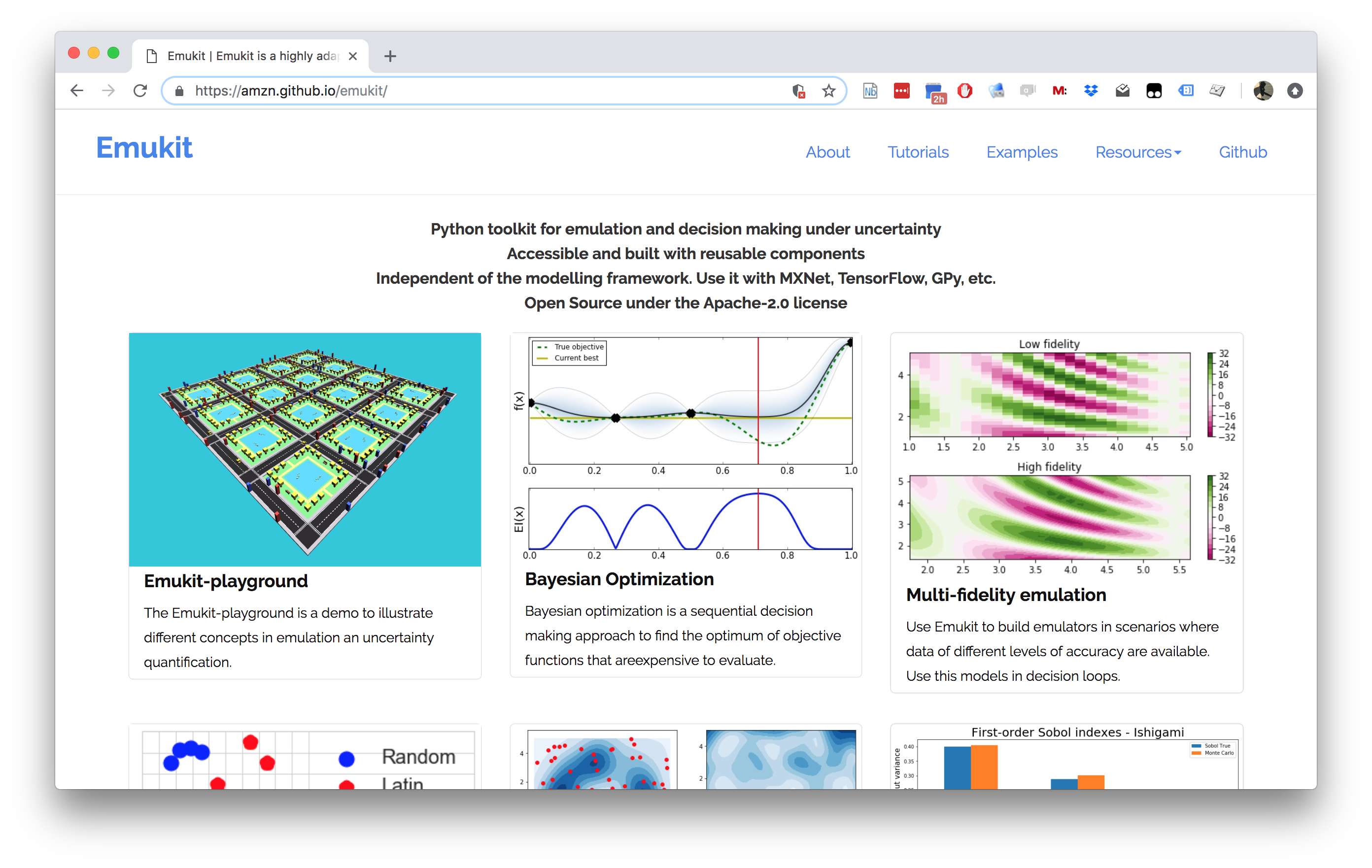Auto AI and Machine Learning Systems Design
UK Systems Research, Virtual Seminar Series

Supply Chain Optimization
Supply Chain Optimization
Forecasting
Inventory and Buying
The Mythical Man-month
.jpg)
Separation of Concerns
Intellectual Debt
Technical debt is the inability to maintain your complex software system.
Intellectual debt is the inability to explain your software system.
FIT Models to FIT Systems
- Focus in machine learning has been on FAcT learning.
- Fairness, accountability and Transparency in individual models.
- But individual models aren’t the problem.
- Fariness, interpetability and transparency required for whole system.
Service Oriented Architecture
Service Oriented Architecture
Data Oriented Architectures
- Convert data to a first-class citizen.
- View system as operations on data streams.
- Expose data operations in a programmatic way.
Data Orientated Architectures
- Historically we’ve been software first
- A necessary but not sufficient condition for data first
- Move from
- service orientated architectures
- data orientated architectures
Streaming System
- Move from pull updates to push updates.
- Operate on rows rather than columns.
- Lead to stateless logic: persistence handled by system.
- Example Apache Kafka + Apache Flink
Streaming Architectures
- AWS Kinesis, Apache Kafka
- Not just about streaming
- Nodes in the architecture are stateless
- They persist through storing state on streams
- This brings the data inside out
Milan
A general-purpose stream algebra that encodes relationships between data streams (the Milan Intermediate Language or Milan IL)
A Scala library for building programs in that algebra.
A compiler that takes programs expressed in Milan IL and produces a Flink application that executes the program.
Milan has three components:
A general-purpose stream algebra that encodes relationships between data streams (the Milan Intermediate Language or Milan IL)
A Scala library for building programs in that algebra.
A compiler that takes programs expressed in Milan IL and produces a Flink application that executes the program.
Component (2) can be extended to support interfaces in additional languages, and component (3) can be extended to support additional runtime targets. Considering just the multiple interfaces and the multiple runtimes, Milan looks a lot like the much more mature Apache Beam. The difference lies in (1), Milan’s general-purpose stream algebra. }

Meta Modelling

Conclusion
- Challenges in decomposition, data and model deployment for ML.
- Data oriented architectures and data first thinking are the solution.
- Data oriented programming creates systems that are ready to deploy.
- Opens the door to AutoAI and information dynamics analysis.
Thanks!
- twitter: @lawrennd
- podcast: The Talking Machines
- newspaper: Guardian Profile Page
- blog: http://inverseprobability.com
References
Brooks, F., n.d. The mythical man-month. Addison-Wesley.